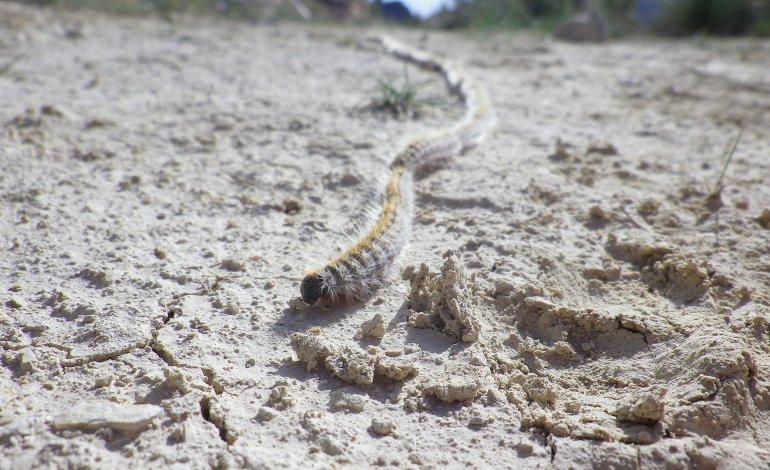Processionaria
Taxonavigation[edit]
Translation for 'processionaria' in the free Italian-English dictionary and many other English translations. Larval feeding of the pine processionary moth weakens and disfigures pine trees. Semi-natural forests in the Mediterranean area of, for example, the native species P. Halepensis or P. Pinaster are affected, but not to the extent of damaging their biodiversity. The oak processionary (Thaumetopoea processionea) is a moth whose caterpillars can be found in oak forests, where they feed on oak leaves, causing significant damage.They travel in nose-to-tail processions (hence their name), often arrow-headed, with a leader followed by rows of several caterpillars abreast.
This page was last edited on 21 December 2018, at 06:26. Files are available under licenses specified on their description page. All structured data from the file and property namespaces is available under the Creative Commons CC0 License; all unstructured text is available under the Creative Commons Attribution-ShareAlike License; additional terms may apply.
| Taxonavigation: Noctuoidea |
|---|
Superregnum: Eukaryota |
Processionaria Farfalla
Familia: Notodontidae
Subfamilia: Thaumetopoeinae
Genus: Thaumetopoea
Species: Thaumetopoea pityocampa
Processionaria Uomo
Name[edit]
Thaumetopoea pityocampa (Denis & Schiffermüller, 1775)

References[edit]
- Ros-Candeira, A., Pérez-Luque, A.J., Suárez-Muñoz, M., Bonet-García, F.J., Hódar, J.A., de Azcárate, F.G. & Ortega-Díaz, E. 2019. Dataset of occurrence and incidence of pine processionary moth in Andalusia, south Spain. Zookeys, 852: 125–136. DOI: 10.3897/zookeys.852.28567Reference page.
Processionaria In Inglese
Vernacular names[edit]


English: Pine processionary
español: Procesionaria del pino
français: Processionnaire du pin
italiano: Processionaria del pino